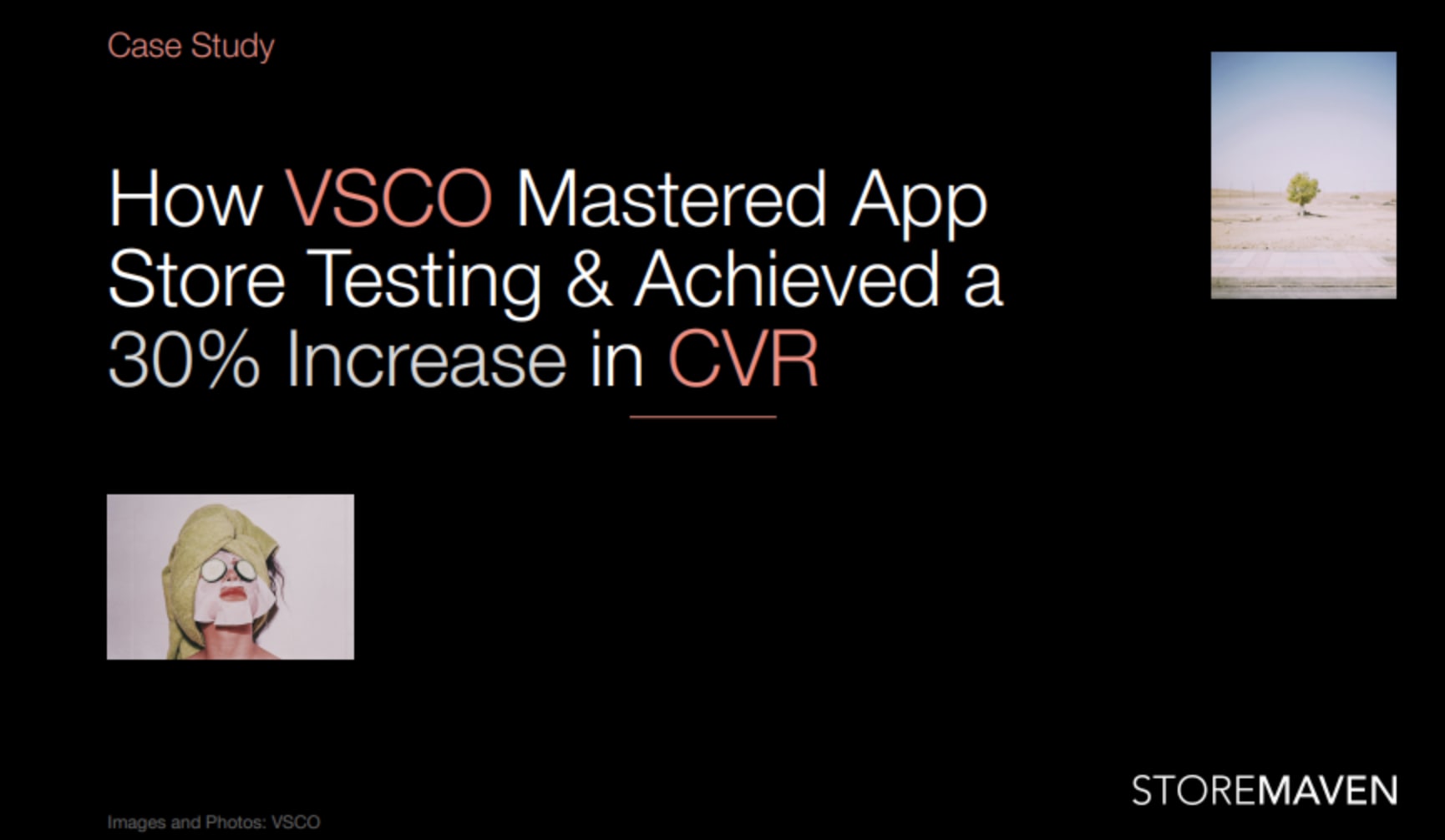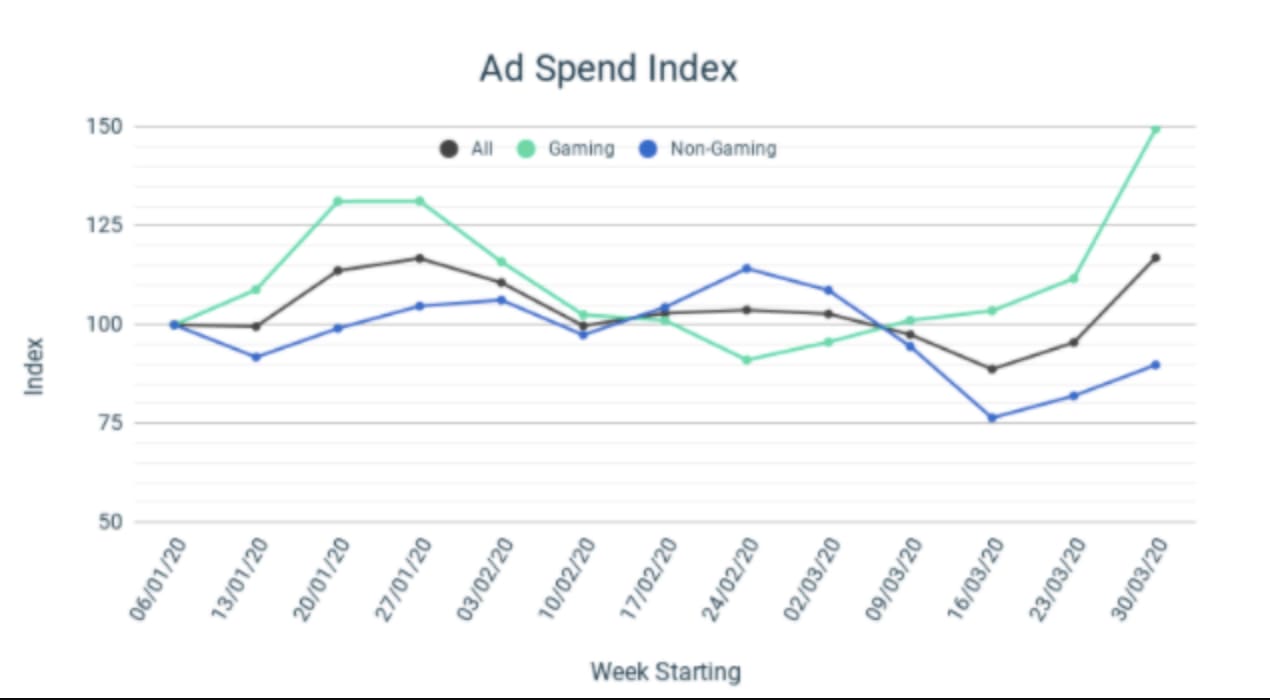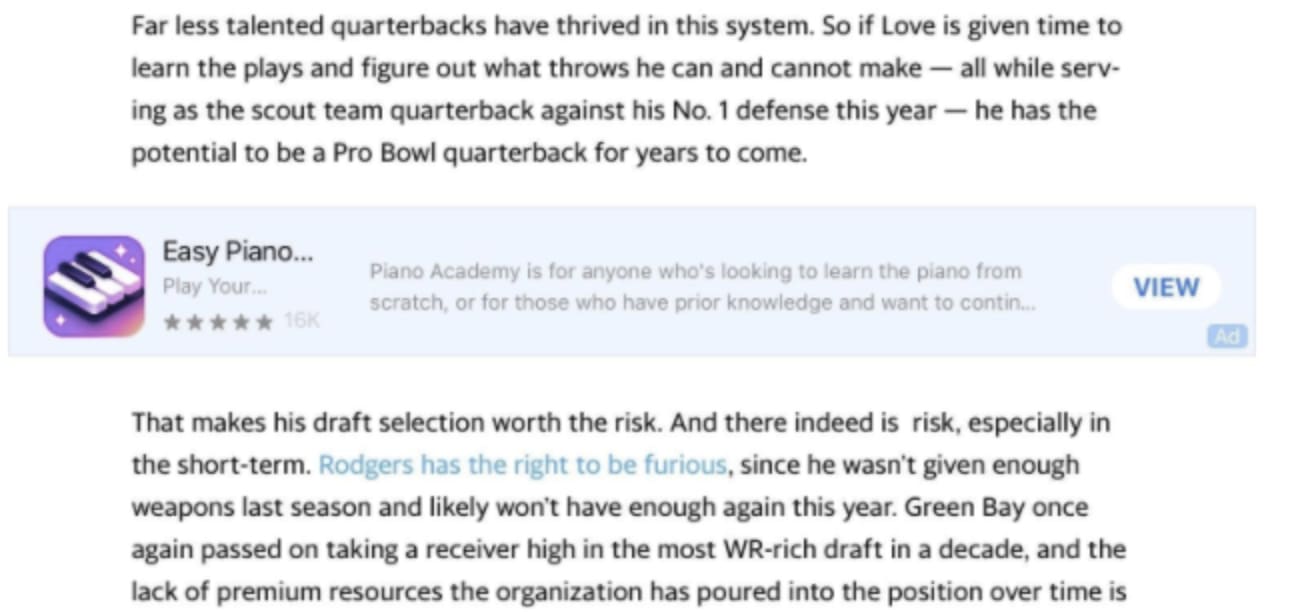We’ve moved on from banana bread and leveled up to sourdough starter and trading scobys. Seems we are preparing for the apocalypse (and good gut health) after all.
That or our cabin fever is registering over 100°F.
Location, location, location
And it’s not just real estate that lives by this adage. Marketing is also highly dependent on location but instead the focus is on where your customers are, not where they want to be.
Even more so now when we’re so in our heads about what’s going on in our cities and communities and industries that we sometimes forget not everyone is going through the same thing. And not everyone reacts the same way to said things.
Corona restrictions have already begun to ease off in a lot of countries while others are seeing tighter and tighter restrictions put in place. Those daily realities combined with the peculiarities of each geo and each language and each culture creates very different needs in very different spaces.
And that’s where the power of app localization comes in and then more specifically, culturalization can be the winning ticket to app store success.
It’s a simple process – as everything tends to be these days – and it’s how you apply that process that matters. Do it properly (and by properly, I mean intelligently, strategically, and bigly) and you’ll reap the rewards, just like VSCO did.
The process goes like this:
1. Conduct research
2. Develop hypotheses
3. Test those hypotheses
4. Analyze them intensely
5. Implement the results
6. See the magic happen
The better your research right at the very, very, very beginning the greater the final magic will be. It’s like your final thesis, there’s a big difference between passing (and seeing a decent positive result) and coming cum laude (and seeing a significant positive result).
Start with a couple of basic open-ended questions and get those thesis papers started on the right footing.
What is the cultural uniqueness of each market? Are there specific local trends? Who are the local competitors? And what do you compete with them on and with which features?
Speaking of features, are all features accessible to all markets? Which features are the most popular in the different locales? What does their in-app experience look like and how does it differ from other geos?
VSCO noticed that Sweden has a very sophisticated and professional approach to photography but Russia was more interested in the social media aspect of the app. So the messaging and features that need to be highlighted are obviously very different.
A social sharing message in Sweden and an approach advancing technical, high-level execution in Russia would not be the way to go. On top of getting the messaging right, the packaging is just as important. Make sure your design style matches each countries’ unique design aesthetic, color schemes, and seasonal cues. In fact, when done well, a well-conceived test can (and did) enable some impressive conversion rate uplifts (VSCO saw between 16.1-30.8% uplifts across the board).
Good marketing in any form always harks back to the simple premise of understanding your users and giving them what they’re looking for (even if they themselves didn’t know that that’s what they wanted).
There’s no better feeling than to be heard and seen and if you talk the right talk your users will feel it too. And if they feel it strongly enough, they’ll connect emotionally enough and they’ll go ahead and finally hit that little ‘get’ button.
But don’t worry if this seems a bit simplistic or too good to be true, there’ll be plenty more where that came from at a global localization meetup where VSCO will share more secrets to success.

Epic changes tack and docking station
Corona called overtime and forced Google and Epic Games to both play their cards. And play them they did.
Google made its final advance in March with a lethal scorched-earth policy. That was when they introduced the opt-in security measures that block apps distributed through any means other than Google Play. Google basically made it practically impossible to continue downloading Fortnite through the previous back-channel sign up funnel. This left the ball in Fortnite’s court. They either had to play by Google’s rules or not cater to the mobile Android audience (of which they already had quite a few lucrative Android gamers already) at all.
So Epic chose their people and in an act of acquiescence finally released the game on the Play Store after years of doing everything in their power to avoid this fate.
This means they’ll need to cough up (into the elbow! Into the elbow!) a full 30% of their in-app revenue to Google. It’s not all bad news though, the more frictionless experience and ease of download is a good thing for new users and there are still a lot of them out there to be snapped up.
Around 50,000 of them downloaded in the first days. The trade-off for Fortnite was capping their audience and keeping all the moola or the ability to expand but hand over a cool chunk of change for the opportunity to do so. Seeing as though they’ve already built a strong brand following and the ability to convert users from web to mobile, the next move was always expansion. Unfortunately while ‘land’ was fee-less, the ‘and expand’ part of their strategy will cost them a cool 30%.
This is an armistice, not a peace treaty. There are still proxy wars being fought on all fronts and more Davids ready to step up with a slingshot.
But Goliath has claimed this one. For now.
Drawn and quartered
Tomorrow is May and that means we’re well and truly into Q2. (I don’t know about you but I still think February was a week ago so this is pretty shocking to me.) And I don’t think anyone quite predicted the quarter we just had. Unless you’re Bill Gates and you’ve been harping on about a coming pandemic since 2015.
January started off normally, decently, with a good new year energy boost inspiring consumerism across the board and into the app stores. Corona was still a ‘their problem’ and until midway through the quarter, it was not considered a global issue. And then it was. And the rest of the world started taking notes and staying home.
And so Q1 reports are now even more juicy and take even deeper analysis than usual. And for the number-crunching geeks amongst us, you’re welcome. Appsumer has a lovely gift of some meaty data to sink your teeth into — some gated, some not — in their mobile app advertising benchmark report.

You can see the end of February is when things start to shift in a downward trend. Not surprisingly as that’s kinda when the world started waking up to reality (most at least, some are still only waking up now).
Gaming apps and non-gaming apps unsurprisingly have been affected (and then reacted) very differently. Gaming companies saw an opportunity to catch the newly-minted couch potatoes and distract them from the monotonous passing of time between the same four walls with low-cost CPMs and non-gaming companies saw their revenue predictions go up in smoke (or a dry cough) and quickly pulled back on those budgets. But that only lasted until the end of March when everyone seemed to be upping their budgets again. Is this the result of a real recovery? Or it’s simply been enough time for companies to restrategize? Or are some simply optimistic that with almost 2 months of lockdown under our belts life will slowly start to return to a slightly more familiar reality as the summer sun dawns on the horizon? There’s only one way to know; time.
Facebook and Google’s duopoly is still going strong with a combined share of wallet just under 70% (69.2% to be precise) while Apple still tries to convert their high adoption numbers.
Facebook seems to be taking the lion’s share (a nice 66% overall) of ad spend in the $250k per month range, Google ranks lower at this spend level with just 19.9%. They don’t mind though as the bigger the budget, the bigger Google’s share of the wallet is which makes sense as scaling effectively on its UAC requires a loftier budget to get going and growing.
Some of the apps that have grown their ad adoptions at the same exponential rate as my waistline over the last few weeks make a lot of sense. Snapchat (for the lonely, horny, and those with too many selfies clogging their storage) and TikTok (for the bored humans and mini-humans with excess energy looking for laughs). Advertisers are putting their money where their user’s mouth is and showing ads where the eyes are. TikTok launched its ad product at the beginning of last year and has seen near double advertiser adoption since. Corona usage is just another ace up their sleeve to continue this trend. The more mature these ad platforms get the more the relationship between adoption and share of wallet will correlate.
All I know is the numbers are going to be very interesting in this current quarter and for the rest of the year. Analysts, it’s time to get excited. There’s a lot of work to be done.
I stream, you stream
As COVID-19 continues to change our world, our average daily screen time, and our favorite corner of the couch to melt into, it seems our preferences have been changed too. Not that the trend wasn’t already on the way though. Netflix was changing the game long before a bat-butcher picked their nose and coughed near some customers. And it started with Tivo actually. Our lives are busy and no one wants to have to sprint for a pee break while ads are on. Streaming and on-demand entertainment also pushed users onto more mobile screens, like notepads and mobile phones, and theoretically any sort of pocket-sized internet-accessible portable device.
But with all this streaming and less cable TV, YouTube is feeling the effects. And YouTubers are feeling a pinch. Maybe. There have been significant cost-per-impression (CPM) declines, with anecdotal accounts of up to a 28% decrease in eCPMs. As a media channel, YouTube has a strong correlation with brand awareness and helps drive branded search. So costs are down, viewership is up and the opportunity is yours for the taking.
So those YouTubers should stop fake-crying through their fully-baked foundation and do what we’re all doing: pretending its business as usual and getting creative.
The eyes are already there.
Nestled in the news
Apple has rolled out a new option for Search Ads available to apps and games. They now offer ad space within their suite of apps. The ones that everyone uses every single day and never hides it away in a random folder on your phone’s fourth desktop screen display. You know, Stocks, and News, and Stuff.
(Can someone make me an app called Stuff where you just dump all the stuff you’re still meaning to get to and it becomes the ‘that drawer’ on your phone that holds old manuals for electronics you don’t own anymore, batteries (both new and old), and other usefully useless stuff you can’t quite part with just yet?)
It was Tilting Point’s senior growth manager, Nadir Garouche’s, who shared the news of the testing rollout. It’s basically just another avenue for mobile app users’ eyes to come across your product.
Wherever there are eyes, there is ad space.













